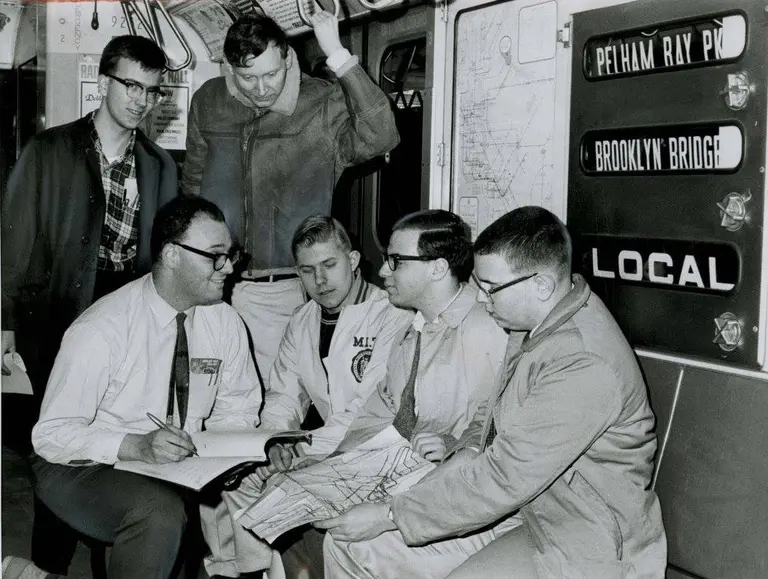April 20, 2017
In May of 1940, electric railroad enthusiast Herman Rinke became the first person to tour the entire New York City subway system on a single token, putting in 25 some hours underground all for fun. After reading about Rinke’s journey, Peter Samson, a computer software engineer who later invented the world’s first video game Spacewar, decided to take a stab at making his own record. As the Times recounts, he formed the Amateur New York Subway Riding Committee (ANYSRC) to develop rules for the challenge. After one failed attempt in 1966, Samson, with the help of 15 volunteers and a computer program that tracked the fastest route, completed the trip in 25 hours, 50 minutes and 30 seconds on April 21, 1967. Since then, the subway challenge has taken off for puzzle and transit lovers worldwide.
Find out more
